France's Lumpy Skin Shock: The High Stakes and Hard Choices in a Nationwide Eradication Effort
Explore France's unprecedented Lumpy Skin Disease battle. Unpack the controversial culling, rapid vaccination, and the human cost of a nationwide eradication effort.
The Silent Invasion: When Lumpy Skin Disease Arrived in France
A quiet summer in the picturesque French Alps was shattered on June 29th when Lumpy Skin Disease (LSD) made its unprecedented debut in . This highly contagious viral disease, previously unknown to , quickly escalated into a national emergency. Within weeks, by July 20th, a staggering 33 confirmed outbreaks had been identified across and , a number that climbed to 34 by July 23rd. The speed of its spread underscored the acute threat it posed to the nation's cattle industry. European authorities, recognizing the grave danger, had already classified LSD as a 'Class A' disease, mandating immediate declaration and swift eradication. This classification meant had no choice but to implement aggressive, scientifically-backed measures. The initial strategy, determined by expert consensus, hinged on a multi-pronged approach: total depopulation of affected farms, widespread vaccination within a regulated zone, and stringent biosecurity protocols. The arrival of LSD wasn't just a veterinary challenge; it signaled a profound test of agricultural resilience and biosecurity infrastructure.

The Scourge and the Solution: Unpacking the Eradication Strategy
Faced with an escalating crisis, , guided by scientific advice, swiftly rolled out a robust eradication strategy for Lumpy Skin Disease. This comprehensive plan rested on three critical pillars. Firstly, 'total depopulation' became a grim necessity: all cattle within infected farms, regardless of whether they showed clinical signs, were culled in strict adherence to European regulations. This drastic measure aimed to eliminate the virus at its source, preventing further transmission. By late July, over a thousand animals had already been euthanized as part of this effort. Secondly, a massive, mandatory vaccination campaign was launched on July 18th, targeting an estimated 310,000 bovines within a defined regulated zone, encompassing a 20 km protection zone and a 50 km surveillance zone around outbreaks. Finally, strict biosecurity measures, including severe restrictions on cattle movements, were enforced to contain the virus's spread. Minister staunchly defended this protocol, emphasizing its scientific backing and the urgency required to contain an epizootic of this magnitude. The strategy, while undeniably harsh, was presented as the only viable path to eradicating LSD from territory.
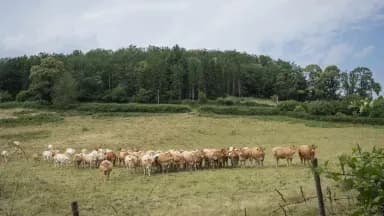
A Nation Divided: The Human Cost of Containment
While the eradication strategy was hailed by authorities as scientifically sound, its implementation quickly ignited a heated debate and revealed the profound human cost of containment. The policy of 'total depopulation' – the mass culling of entire herds, often the life's work and heritage of farming families – sparked outrage and protest among several agricultural unions. Farmers found themselves grappling not only with the devastating financial loss but also the immense emotional trauma of seeing their beloved animals destroyed. Minister , during her visit to and , acknowledged the distress while reiterating the scientific necessity of the measures. To soften the blow and prevent a complete collapse of livelihoods, the government committed to comprehensive support. This included rapid financial indemnification to compensate for losses and, crucially, psychological assistance for affected breeders. Efforts were also put in place to aid in the reconstitution of the region's renowned cattle herds, aiming to provide a pathway back to normalcy. Despite these assurances, the crisis laid bare the inherent tension between public health mandates and the deeply personal realities of those on the front lines, creating a sense of division within the nation.
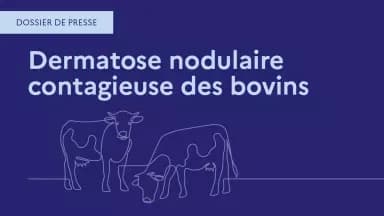
Beyond the Horizon: Rebuilding Trust and Securing the Future
Looking beyond the immediate crisis, faces the complex challenge of not only eradicating Lumpy Skin Disease but also rebuilding trust and fortifying its agricultural future. The Minister of Agriculture, , articulated the state's unwavering commitment: "The State is doing everything to stem Lumpy Skin Disease as quickly as possible and to support affected farmers." A cornerstone of this commitment is the accelerated compensation system, designed to provide swift financial relief and support the vital cash flow of impacted farms. This rapid assistance, alongside aid for herd reconstitution, is crucial for preserving the high-quality livestock genetics unique to the and regions. Beyond financial measures, the emphasis on psychological support acknowledges the deep emotional toll on farmers. The experience has underscored the critical importance of robust biosecurity measures and vigilant surveillance. Moving forward, the lessons learned from this unprecedented outbreak will undoubtedly shape national biosecurity policies, aiming to prevent future incursions and ensure the long-term resilience and welfare of its animal agriculture. The path to full recovery will require sustained effort, transparent communication, and continued collaboration between the government, scientific community, and, most importantly, the farming community.
Related Articles
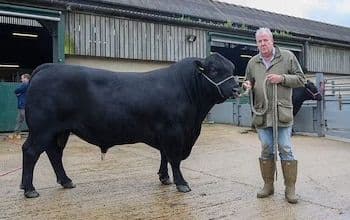
Fields of Doubt: Diddly Squat's Heartbreaking Battle with an Invisible Enemy

Fields of Doubt: Diddly Squat's Heartbreaking Battle with an Invisible Enemy
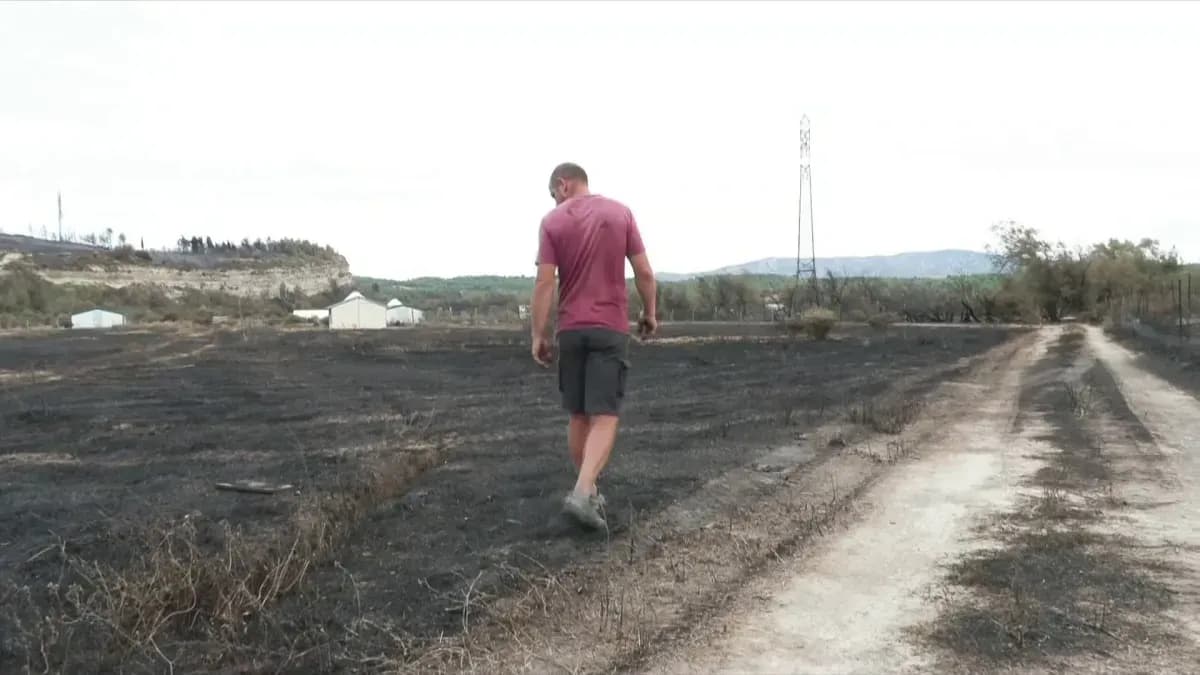
A Nation Ablaze: Beyond the Red Alerts – The Enduring Human and Ecological Toll of France's Summer Fires

A Nation Ablaze: Beyond the Red Alerts – The Enduring Human and Ecological Toll of France's Summer Fires
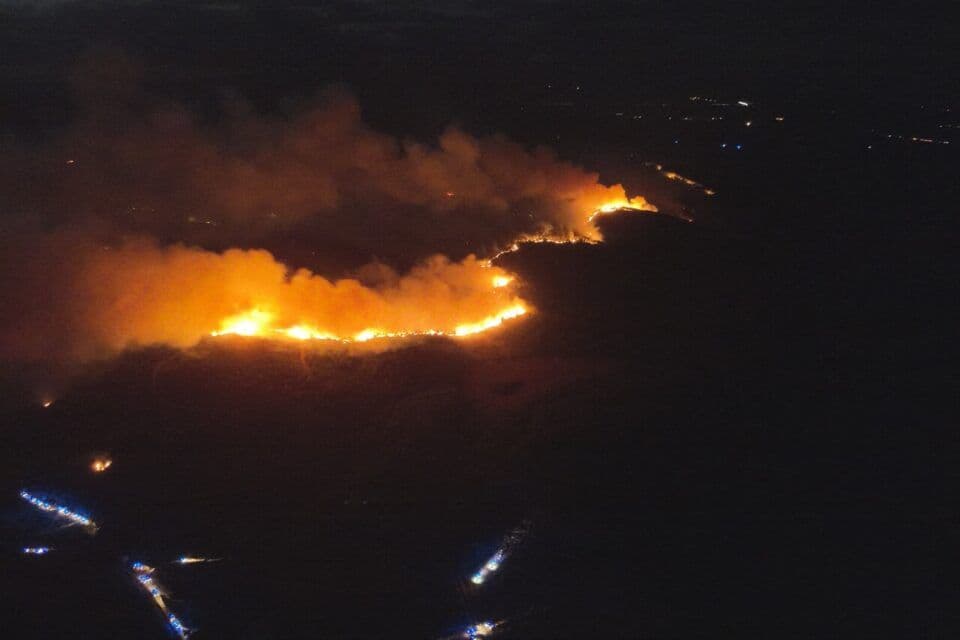
Aude's Living Shield: How Nature and Community Are Forging a New Era of Wildfire Resilience

Aude's Living Shield: How Nature and Community Are Forging a New Era of Wildfire Resilience
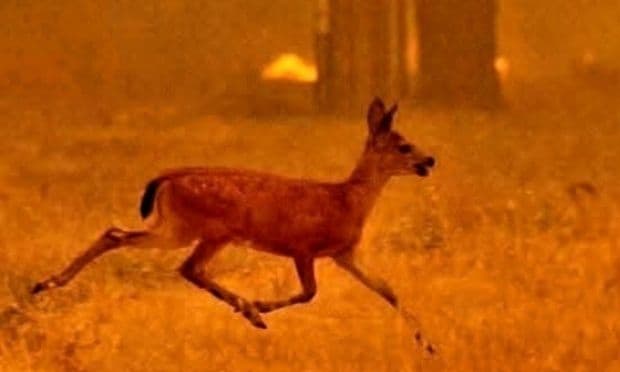
Aude's Ember Awakening: Charting the Path to Ecological Renewal Beyond the Blazes
